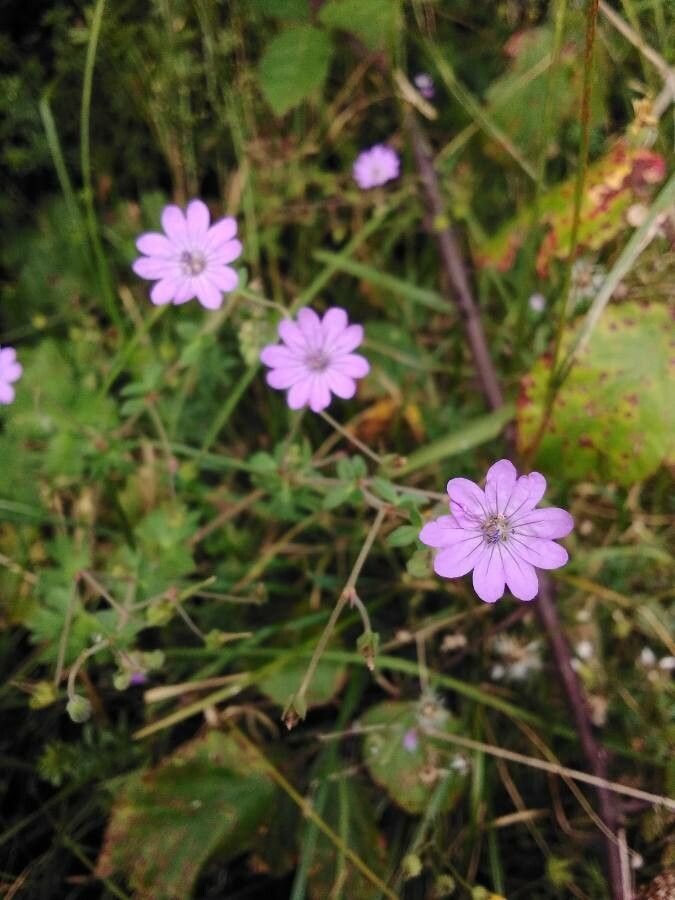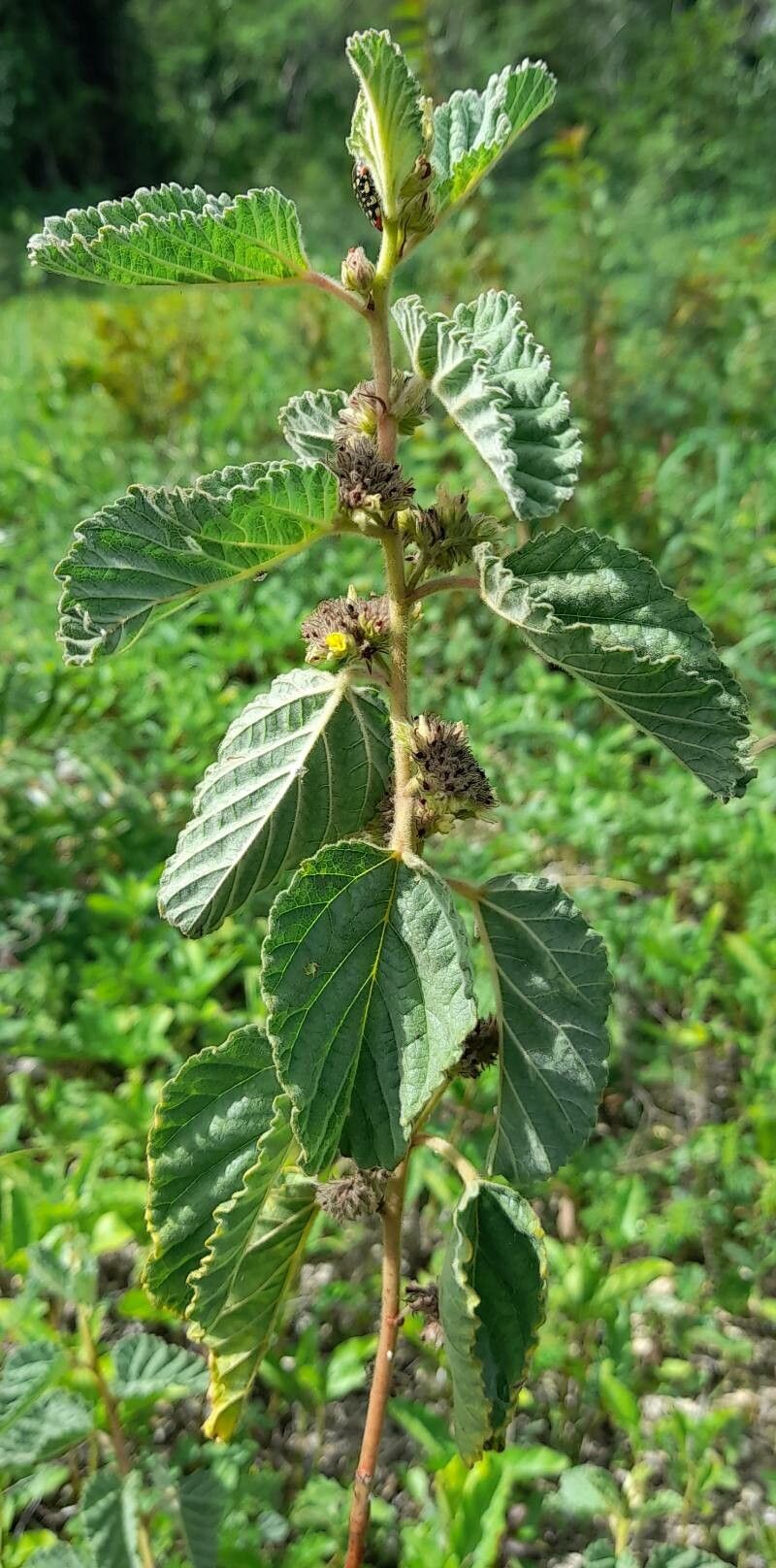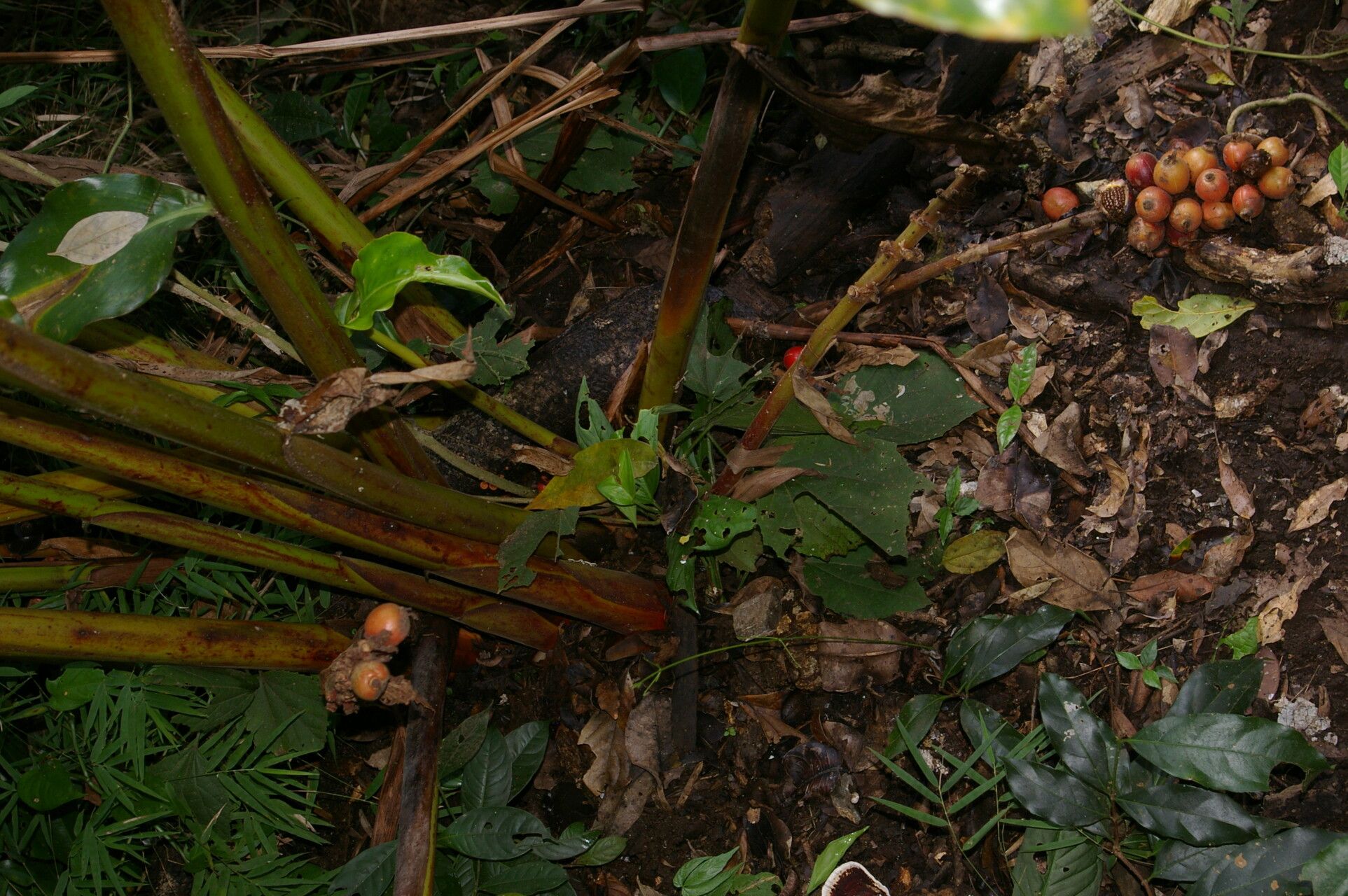## Hedgerow Crane's-bill: A Gardener's Guide
The Hedgerow Crane's-bill, scientifically known as *Geranium pyrenaicum*, is a charming and resilient wildflower belonging to the Geraniaceae family. Its delicate, five-petaled flowers, typically ranging in shades of pink to purplish-pink, add a touch of elegance to any garden, meadow, or naturalized area. This hardy geranium is a popular choice for both beginner and experienced gardeners due to its low-maintenance nature and attractive foliage.
### Habitat and Growth
True to its name, Hedgerow Crane's-bill thrives in hedgerows, meadows, woodland edges, and other semi-shaded locations. It’s a vigorous spreader, making it an excellent choice for ground cover. This perennial plant typically grows to a height of 12-18 inches, forming a spreading mat of attractive, lobed leaves. Its flowering period typically extends from late spring to early autumn, providing a continuous display of blooms.
### Sun Exposure and Soil Needs
Hedgerow Crane's-bill is adaptable to various conditions but prefers partial shade to full sun. In hotter climates, afternoon shade is beneficial to prevent scorching. The soil should be well-drained; heavy clay soils should be amended with organic matter to improve drainage and aeration. It tolerates a range of soil pH levels, but slightly acidic to neutral soil is ideal. It's also relatively drought-tolerant once established.
### Planting and Care
Planting Hedgerow Crane's-bill is straightforward. Seeds can be sown directly into the ground in spring or autumn, or you can start seedlings indoors several weeks before the last expected frost. Once established, it requires minimal care. Deadheading (removing spent flowers) encourages more blooms and prevents self-seeding if you wish to control its spread. Occasional watering during dry spells, especially in the first year, is recommended. It is generally pest and disease-resistant, making it a low-maintenance addition to your garden.
### Propagation
Hedgerow Crane's-bill can be easily propagated by seed or by division in spring or autumn. Division is a simple method to increase your stock – simply dig up a mature plant, divide the root ball into sections, and replant each section. This is a great way to share this beautiful plant with friends and fellow gardeners.
### Uses in the Garden
Its spreading habit makes it perfect for ground cover in shady areas or under trees. It blends seamlessly into naturalized areas, providing a splash of color amidst other wildflowers and native plants. It is also a great choice for cottage gardens, rock gardens, and borders. Its ability to attract pollinators such as bees and butterflies adds another dimension to its garden appeal.
### Potential Considerations
While generally not considered invasive, Hedgerow Crane's-bill can self-seed readily. If you prefer to control its spread, regularly deadhead the spent flowers. In some regions, it may naturalize aggressively, so consider this before planting it in highly sensitive ecosystems.
Hedgerow Crane's-bill: A Gardener's Guide

Frequently Asked Questions
How do I care for Hedgerow Crane's-bill?
Hedgerow Crane's-bill is low-maintenance. Provide well-drained soil, partial shade, and occasional watering, especially during dry periods. Deadheading encourages more blooms.
Is Hedgerow Crane's-bill invasive?
While not inherently invasive, Hedgerow Crane's-bill can self-seed readily. Regular deadheading helps control its spread. Monitor its growth, particularly in sensitive environments.


